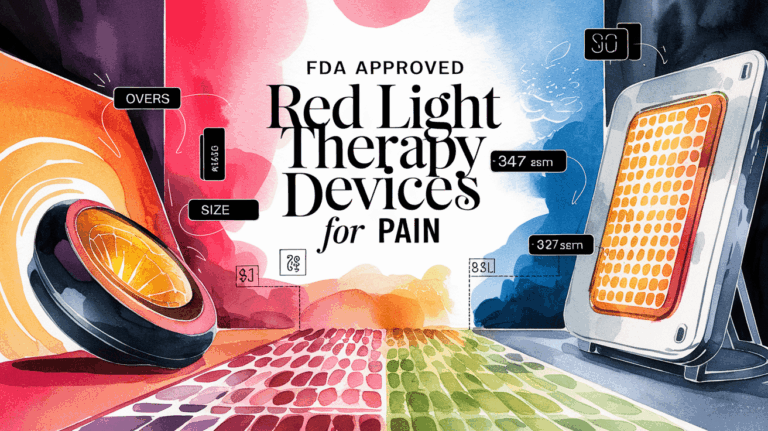7 Red Light Therapy Face Mask Secrets (Glow Now)
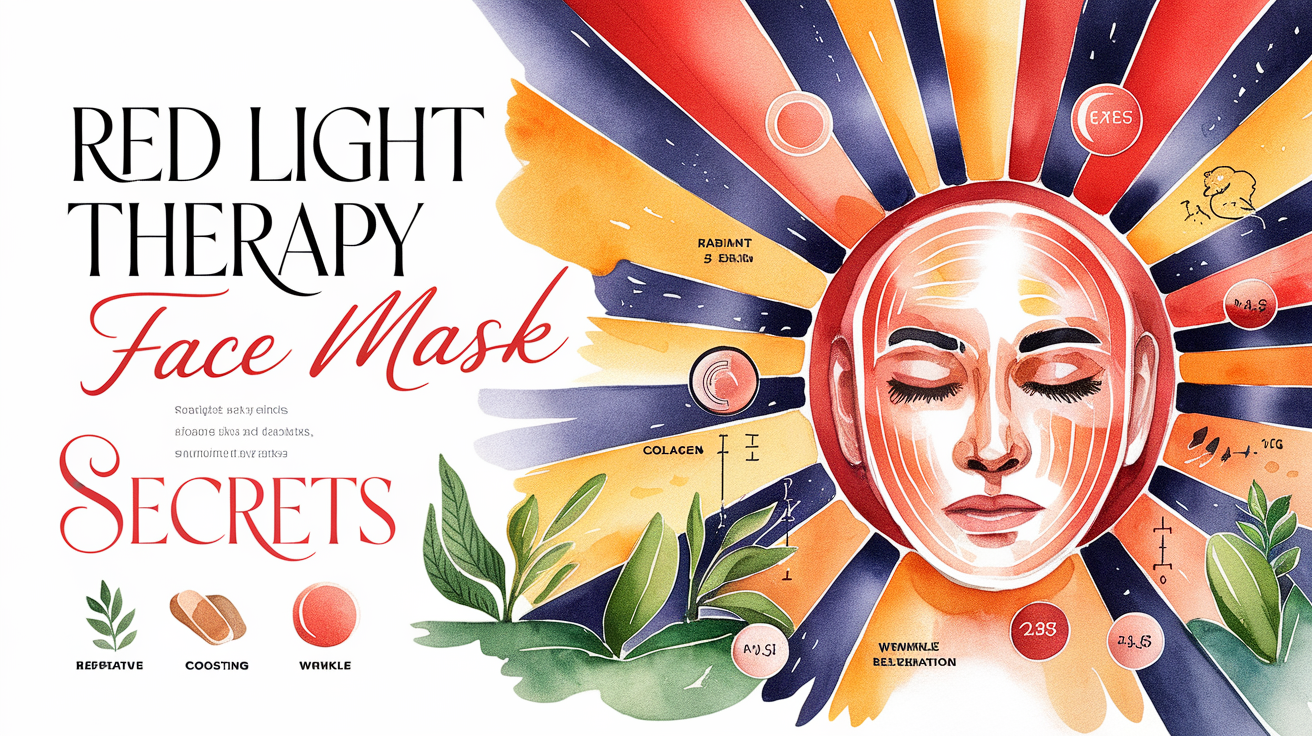
Light therapy face masks reduce wrinkles, hyperpigmentation, acne, rosacea, and psoriasis.
How do you decide which mask is suitable for your skin? After you learn the 7 secrets to buying the best, look at my selection of favorite red light therapy face masks.
1. Red Light Therapy Face Mask Features That Count

A suitable face mask is one of the best devices to distribute the light evenly where you need it.
Face Mask Advantages:
- Red light therapy heals without heat
- It is non-invasive
- It is painless
- It has no side-effects
- It costs less than doctor and clinic visits.
Red light therapy is effective, painless, and available without a prescription. A good face mask is comfortable, easy to use, and distributes light evenly across your face.
Look at my favorite red light therapy face masks to see what I mean.
However, the wrong face mask is annoying and uncomfortable. So it’s essential to know your choices.
Face Mask Downsides:
- In some cases, clinical treatments work better than home-based red light therapy
- It’s essential to use the face mask correctly to get good results.
- Finding the best vendors who use suitable wavelengths for your skin concerns is also essential. It’s too easy to make claims that can’t be verified, so going by reputation instead of specifications helps.
2 – Red Light Therapy Can Affect Pigmentation
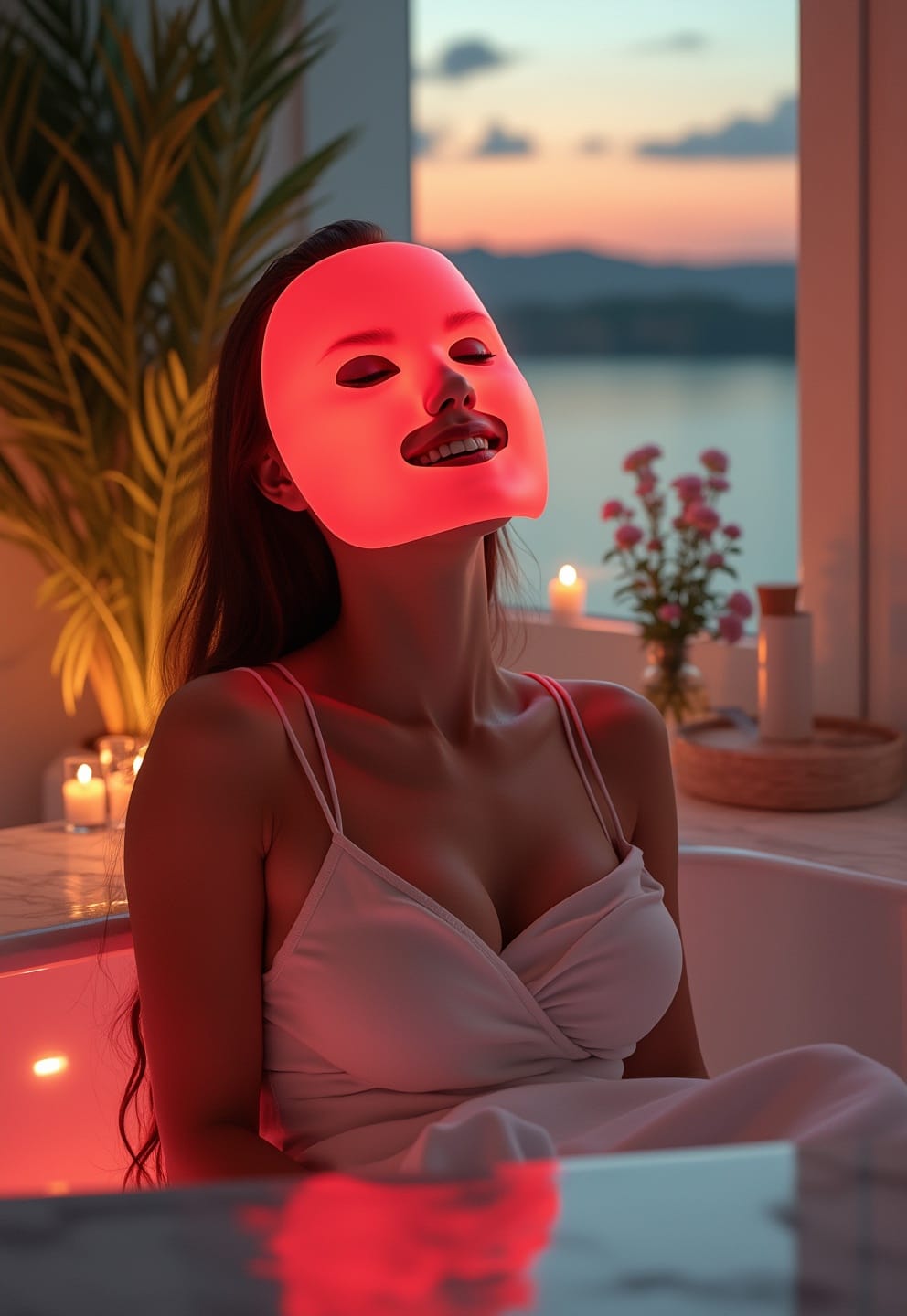
Red light therapy can reduce hyperpigmentation, but it can also cause it. If you’re worried about this, then you probably don’t want a red light therapy face mask. As far as I can tell (purely anecdotal), about 5% of people have this negative response.
Visible light — not just ultraviolet, but visible light — can trigger pigment responses.
I’ve seen dermatology studies on the effect of multiple wavelengths on hyperpigmentation. It doesn’t seem to be specific wavelengths.
Some people just have a pigment response to light in general.
We have to use anecdotal evidence to navigate this problem.
The workaround is not foolproof, but it works much of the time.
If you have pigment response to red light therapy, switch the settings to one wavelength at at time. Test for a few weeks.
While most people never have this problem, it’s a real side effect for some people.
3 – Silicone Is More Comfortable Than Plastic
![]()
Light therapy face masks can be rigid and heavy.
The best face masks are made from soft, pliable silicone. Silicone is light, soft, and flexible.
If you bought a plastic mask and want to make the best of it, soften the edges with cotton.
4 – Some Masks Are Too Small
However, not all silicone masks are good quality because some are too small for comfort.
Read reviews or follow blogs like this to find the masks people rate as the correct size.
If the mask is too small, it will be uncomfortable and potentially not treat your entire face.
5 – Panels are Not “Better” Than Face Masks
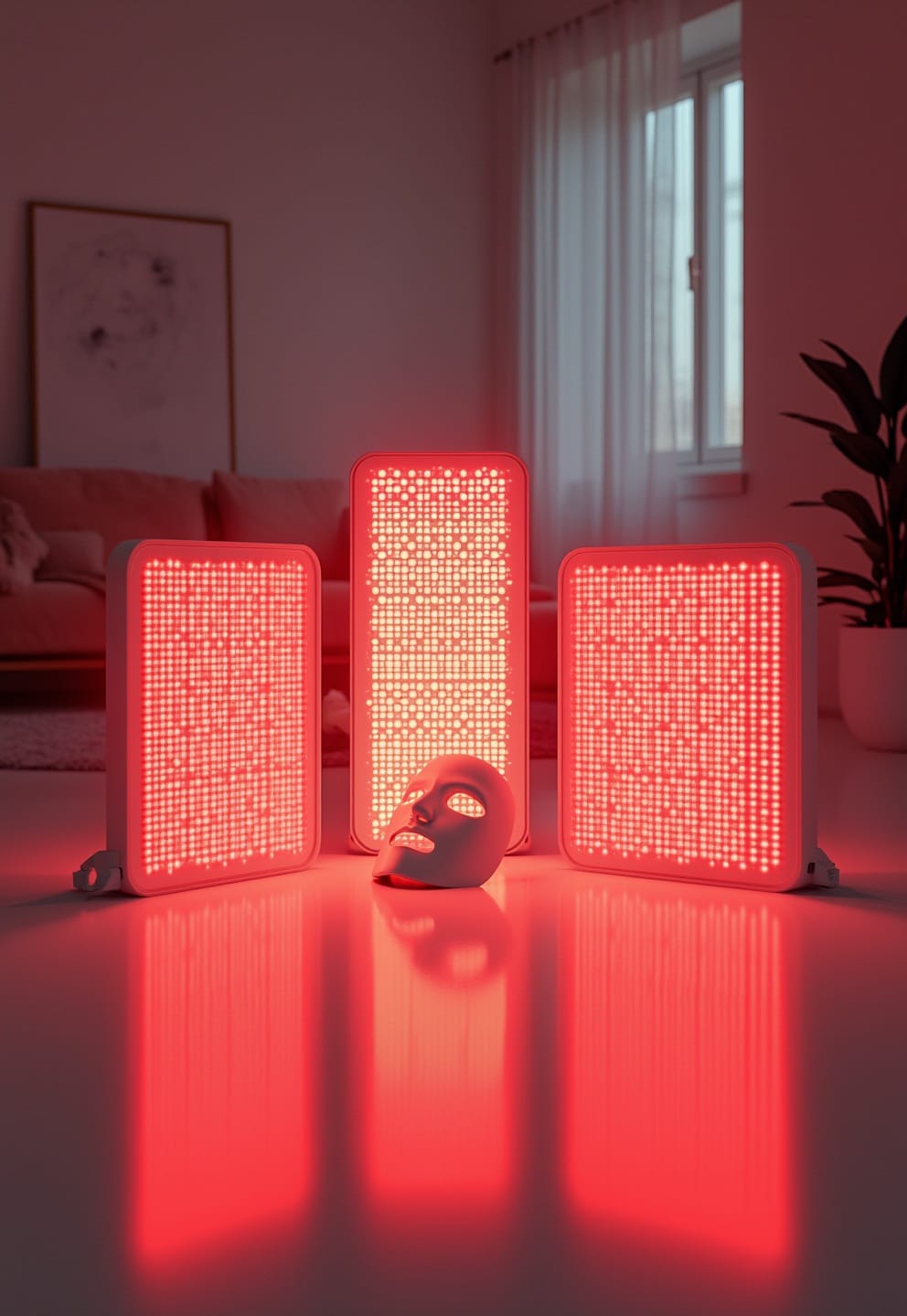
Not everything stronger is better. Red light therapy works best when set to “low and slow.”
Of course, the face mask can’t be as weak as a Christmas light. But you don’t need or want 100 mW/cm2 irradiance to get a therapeutic benefit.
Masks have benefits over red light therapy panels.
A mask holds the light to the skin. Since the light cannot reflect away, it is absorbed.
Panels lose light to distance and reflection.
Therefore they have to be stronger than masks.
6 – 5-20 Minutes Is A Reasonable Treatment Time
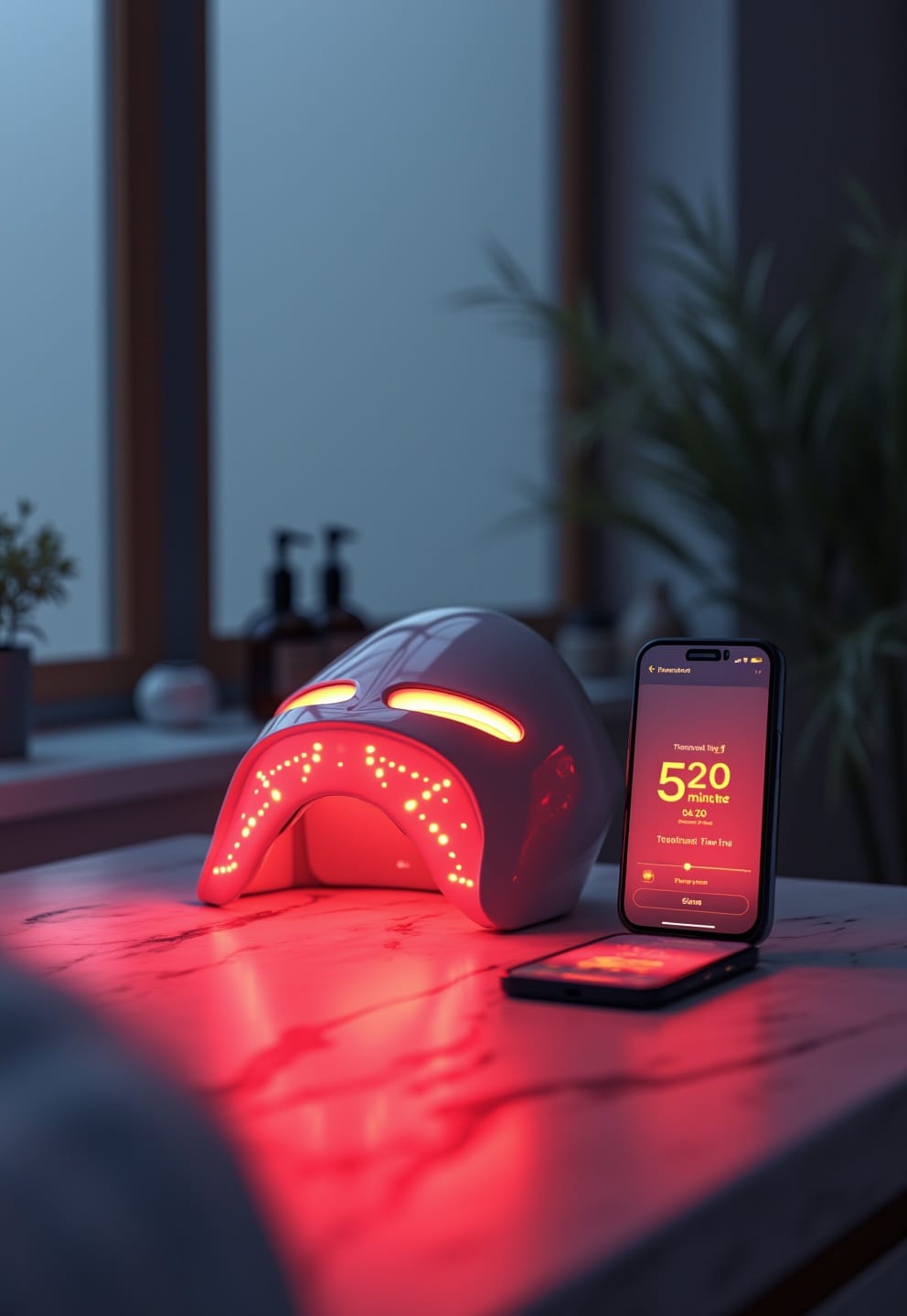
Manufacturers are notoriously bad at measuring the strength of their red light therapy devices.
Rather than relying on “irradiance” numbers, go by how long the treatment time is.
5-20 minutes is a reasonable time to use the mask daily (or every other day).
A device that takes longer is probably weaker.
7 – Some Masks Don’t Breathe
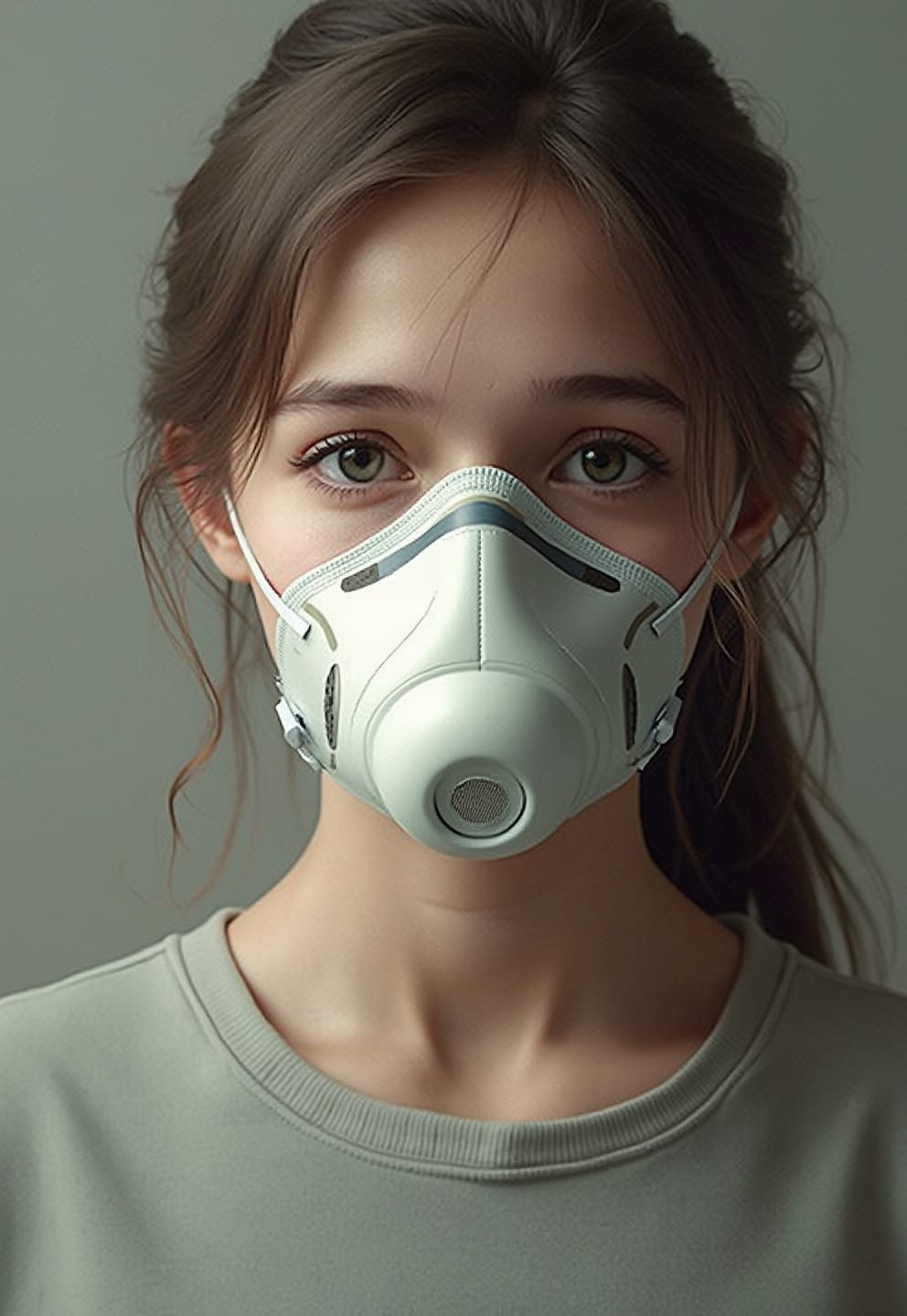
Have you ever buried your face in a pillow and realized you needed air?
That’s a bit of what it’s like to use a sturdy mask missing a nose hole for breathing.
It’s not comfortable.
Ensure your mask has proper nose and mouth openings! Because breathing isn’t just a good idea: it’s the law.
Conclusion

A face mask is an excellent way to deliver healing light to aging and acne problems.
- Because there is no distance between the light and the skin, you absorb the maximum healing energy.
- For skin health, use red, infrared, blue, and yellow (or green). The exact wavelength is not necessary.
- If you have hyperpigmentation issues, the mask might help or worsen it.
- Plastic masks are heavy and uncomfortable. Silicone is much nicer.
- Panels are great for skin health but are not “better” than face masks at healing wrinkles and acne. They are better, though, for exercise recovery.
- Ensure the mask is large enough and has comfortable straps.
- Get a mask that allows you to see and breathe!



